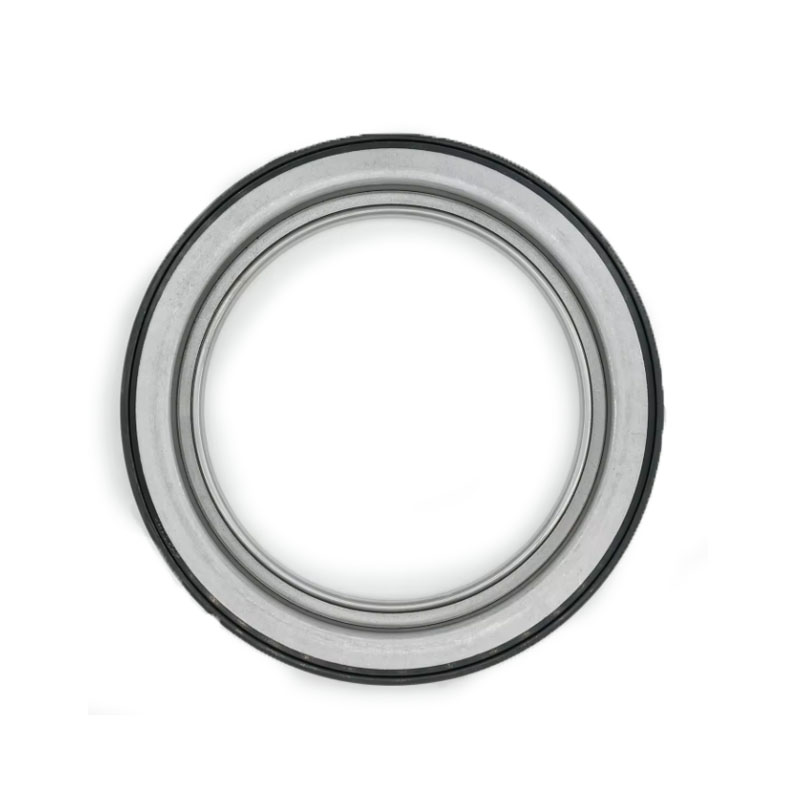Understanding the Importance of Crankshaft Seal in Engine Performance and Longevity
Understanding Crankshaft Seals Importance, Types, and Maintenance
The crankshaft seal, a small yet crucial component of an internal combustion engine, plays a significant role in maintaining its performance and longevity. Often overlooked during routine maintenance, the crankshaft seal is integral to preventing oil leaks and ensuring that the engine operates smoothly. This article explores the importance of crankshaft seals, the types available, and essential maintenance practices to ensure their optimal performance.
What is a Crankshaft Seal?
A crankshaft seal is a rubber or synthetic material component situated at the ends of the crankshaft. Its primary purpose is to prevent engine oil from leaking out and to keep contaminants such as dirt and dust from entering the engine. Positioned where the crankshaft exits the engine block and at the rear near the transmission, these seals help maintain a correct oil level, which is crucial for lubrication and cooling of engine components. By fulfilling its function, the crankshaft seal ensures that engine performance remains efficient, and wear and tear on critical components is minimized.
Importance of Crankshaft Seals
1. Prevention of Oil Leaks The most apparent function of a crankshaft seal is to prevent oil leaks. Oil loss can lead to severe engine issues, reduced lubrication, and increased friction. This not only compromises performance but also leads to costly repairs.
2. Contaminant Protection Aside from keeping oil in, crankshaft seals prevent external contaminants from entering the engine. Dust, dirt, and moisture can wreak havoc on engine components, causing premature failure. A well-functioning seal acts as a barrier, ensuring the internal environment of the engine remains clean.
3. Fuel Efficiency An effective crankshaft seal contributes to overall fuel efficiency. If the engine is leaking oil, it can lead to improper lubrication, which may cause the engine to work harder than necessary, resulting in increased fuel consumption.
4. Minimizing Engine Wear Since the crankshaft plays a vital role in the engine's operation, having a properly functioning seal reduces wear and tear on the crankshaft and surrounding components. This, in turn, extends the lifespan of the engine.
Types of Crankshaft Seals
Crankshaft seals come in various types, primarily differing in design and material. Understanding these variations can help in selecting the right seal for a specific application.
crankshaft seal

1. Lip Seals These are the most common type of crankshaft seals. They have a flexible lip that effectively seals the crankshaft while allowing for a slight amount of movement. Lip seals are usually made from rubber or PTFE (polytetrafluoroethylene), offering excellent durability and resistance to wear.
2. Labyrinth Seals Unlike lip seals, labyrinth seals do not require physical contact with the crankshaft. Instead, they create a complex pathway that makes it difficult for oil to escape and contaminants to enter. These seals are often used in high-performance applications due to their ability to withstand high pressures and temperatures.
3. Spherical Seals Spherical seals are less common but are used in specialized applications. Their design allows for a better sealing surface, which can help reduce the chances of leaks in certain environments.
Maintenance of Crankshaft Seals
Regular maintenance is key to ensuring the longevity of crankshaft seals. Here are some best practices
1. Routine Inspections During oil changes and regular vehicle inspections, check for signs of oil leaks around the crankshaft seal area. Early detection of leaks can prevent extensive engine damage.
2. Replace When Necessary If a crankshaft seal shows signs of wear or damage, it is crucial to replace it promptly. Ignoring a faulty seal can lead to significant engine issues down the line.
3. Use Quality Oil Using high-quality engine oil that is suitable for your vehicle can help extend the life of the crankshaft seal. Oil that meets manufacturer specifications ensures better lubrication and protection against wear.
4. Follow Manufacturer Guidelines Each vehicle may have specific recommendations regarding seal replacement intervals. Adhering to these guidelines is essential for maintaining optimal engine performance.
Conclusion
The crankshaft seal may be a small component, but its impact on engine performance is profound. By understanding its importance, recognizing the types available, and adhering to maintenance best practices, vehicle owners can ensure their engines operate efficiently and effectively for many years. Maintaining the integrity of the crankshaft seal is not just about preventing leaks; it’s about preserving the overall health of the engine. Regular attention to this vital component can save time and money in the long run, providing peace of mind on the road.
-
The Ultimate Guide to Boat Propeller Bearings and Trailer Wheel Bearings
News Jul.31,2025
-
The Essential Guide to Marine Bearings and Boat Trailer Wheel Bearings
News Jul.31,2025
-
The Complete Guide to Heavy Duty Seals: Protecting Doors and Spaces Efficiently
News Jul.31,2025
-
Essential Guide to Marine Shaft Bearings and Boat Trailer Axle Bearings
News Jul.31,2025
-
Comprehensive Guide to Marine and Trailer Bearings for Safe Boating and Transport
News Jul.31,2025
-
Comprehensive Guide to Automotive Oil Seals: Protecting Your Engine and Shafts
News Jul.31,2025
-
Understanding Automotive Oil Seals: Essential Components for Engine and Shaft Protection
News Jul.30,2025
Products categories















